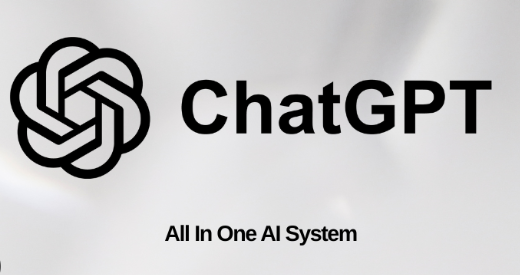OpenAI’s ChatGPT: Revolutionizing Human-Computer Interaction
In today’s digital age, communication is increasingly taking place through artificial intelligence, making tools like OpenAI’s ChatGPT invaluable. From customer service to content creation, this innovative AI tool is transforming how we interact with technology, making it relevant for individuals and businesses alike. Let’s explore what ChatGPT is and how it can enhance our day-to-day lives.
Understanding ChatGPT: What Is It?
ChatGPT is an advanced language model developed by OpenAI, designed to generate human-like text responses based on the input it receives. Unlike traditional chatbots, which often rely on scripted responses, ChatGPT can understand context, deliver relevant information, and even engage in more complex conversations. This adaptability makes it not only useful for answering questions but also for creative writing, brainstorming, and even tutoring in various subjects. Its ability to mimic human conversation provides a more engaging and interactive user experience, making it a popular choice in various applications.
Applications of ChatGPT: Where It Shines
The versatility of ChatGPT means it finds applications in numerous fields. In customer service, businesses use it to provide immediate responses to common queries, improving user satisfaction while reducing the workload on human agents. In education, students leverage ChatGPT as a study aid, asking it to explain complex subjects or generate practice questions. Content creators also benefit from its capabilities, using it to brainstorm ideas or draft text that can be refined for final use. By deploying ChatGPT, industries can increase efficiency and enhance creativity, proving that AI is not just a tool, but a partner in innovation.
Challenges and Considerations: Navigating the Limitations
While ChatGPT is powerful, it’s essential to recognize its limitations. The AI may generate convincing but inaccurate information, leading to potential miscommunication if users do not verify the details provided. Privacy is another concern, as conversations could be stored or used for further training. Furthermore, ethical considerations arise regarding the use of AI in decision-making processes, highlighting the importance of human oversight. Users should remain informed about these challenges and approach AI interactions with a critical mind to ensure responsible use.
In Conclusion: Embracing the Future of AI
OpenAI’s ChatGPT represents a significant advancement in how we interact with machines, offering a glimpse into the future of communication. As we navigate its capabilities and limitations, it’s crucial to educate ourselves and engage responsibly with this powerful tool.
If you’re interested in exploring how ChatGPT can benefit you or your business, consider trying it out yourself—engage, ask questions, and let this AI enhance your experience in the digital world!

